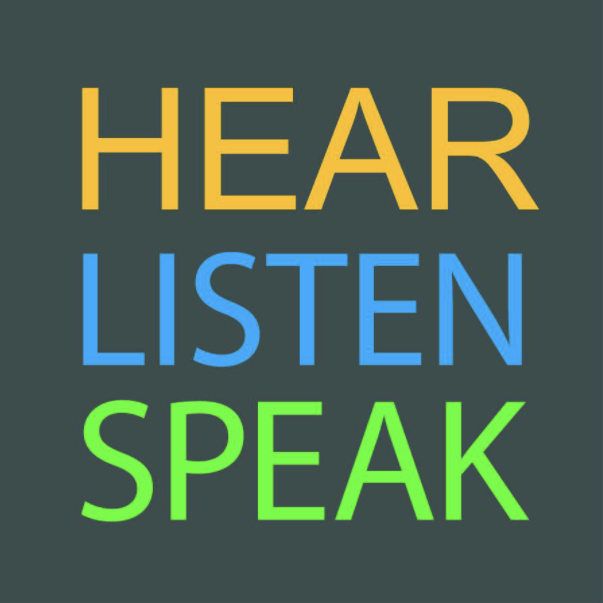Many people learning a language understandably want to speak well, correctly, without “mistakes”.
And that’s a great goal to have. A great lifelong goal to have.
The problem is, it can often be a pretty paralyzing goal too. You won’t get there very quickly, and it discourages speaking soon.
Languages are huge beasts that are extremely complex, so shooting for perfection actually is the enemy of good communication.
And the other thing about speaking “correctly” or making “mistakes” is that these things are very subjective.
What’s “wrong” for some people is right for others
Within any given language, what’s considered correct in one place is not accepted in another, and vice versa.
Even in the same place, people with different levels of education, backgrounds, and socio-economic status speak differently and judge other people’s speech as “incorrect” or “weird”.
And language is constantly evolving over time, with yesterday’s “unacceptable” grammar becoming the norm today.
Language prescriptivists (aka. grammar nazis) are always quick to point out when people are speaking “incorrectly”.
For example, a teacher of mine once complained about people saying: “There’S a lot of books in the library” instead of “There ARE…”
The problem with this view is, it’s trying to tell people how they should speak, instead of just accepting how they actually do speak.
The only question that really matters
For a true linguistic descriptivist, we accept how people actually speak, and the only important question is:
Are they communicating effectively?
And this is the exact same question you should ask yourself when starting to speak a new language.
Can your conversation partner(s) understand you? No matter how many “mistakes” you’re making, are you communicating with other humans in their language?
Remember that everyone makes so-called mistakes in their native language, as judged by different speakers of that same language.
A very common example of this happens in Spanish, where singular you conjugations almost always end in S: VES, VERÍAS VEÍAS, VERÁS, VEAS.
But in one single exception to this rule, the simple past, the classically correct conjugation does not end with an S: VISTE.
As you can imagine, following this extremely logical and consistent pattern, native speakers often add an S to the end of this one exception: VISTES.
Millions of people speak like this, it is 100% understandable, and so it definitely passes the descriptivist test.
However, you can be sure that many other people look down on this kind of speech, based on their own prejudices.
This is an example of linguistic discrimination: Prejudging people based on how they speak. I’ve definitely fallen victim to this thinking myself, and I’m constantly unlearning it.
Make the best kinds of “mistakes”
When learning, all children make very logical, pattern-based “errors”, because they make total sense. In English, these are things like “I runned really far” and “There’s a lot of gooses outside”.
Unfortunately, languages are not perfectly logical, and there are tons of exceptions to patterns and rules.
But languages tend toward reduction and simplification over time, so simpler and more logical speech often wins out and becomes fully accepted.
What used to be considered “wrong” or uneducated and incorrect, over time becomes 100% the norm!
At the end of the day, to really speak a language well, you have to find your people who speak it. People you like and respect, whose version of a language you really want to learn.
And once you’ve found them, pay careful attention to how they speak – don’t worry about speaking 100% “correctly” or “properly” based on anyone else’s standards.
Really, you want to be aiming for making the same “mistakes” as the people you want to speak with.
Adopt their personal ways of speaking, their slang, their idiosyncrasies. Imitating how they speak with genuine respect is the best way to anyone’s heart.
Because the only thing that really matters here is communication, connecting with the people you want to connect with.
